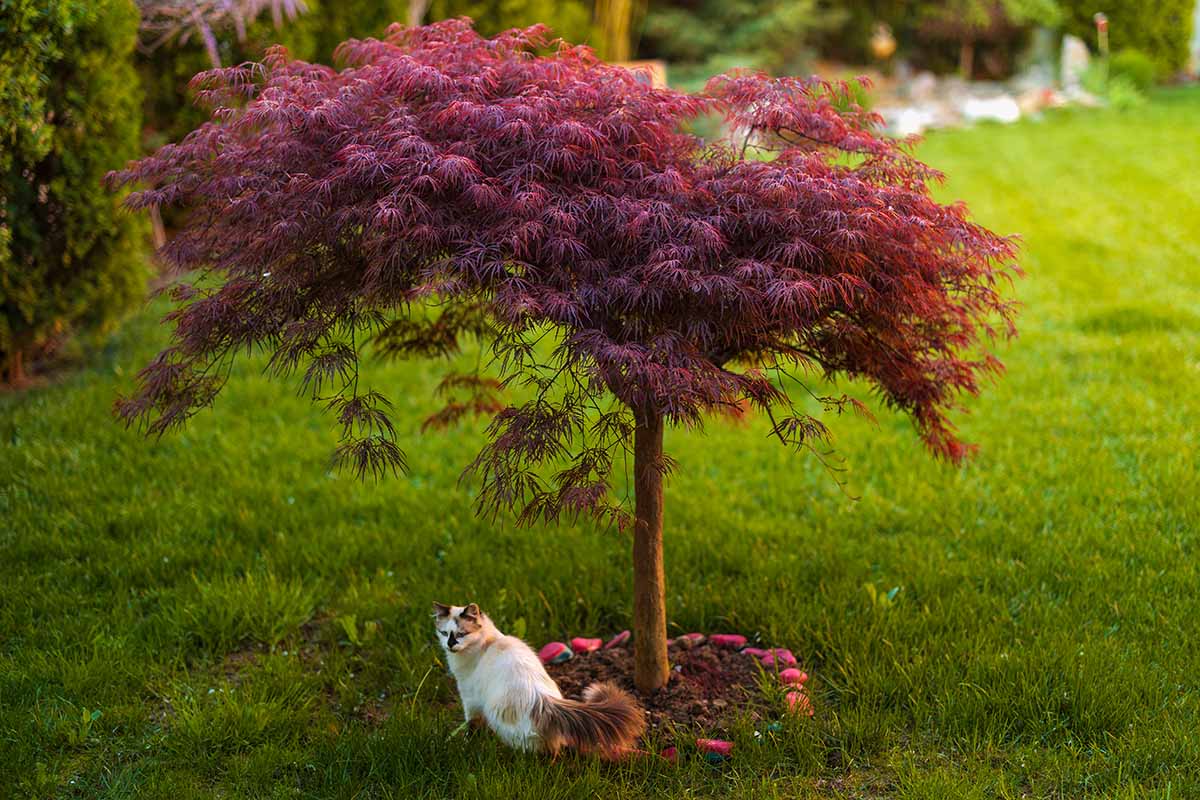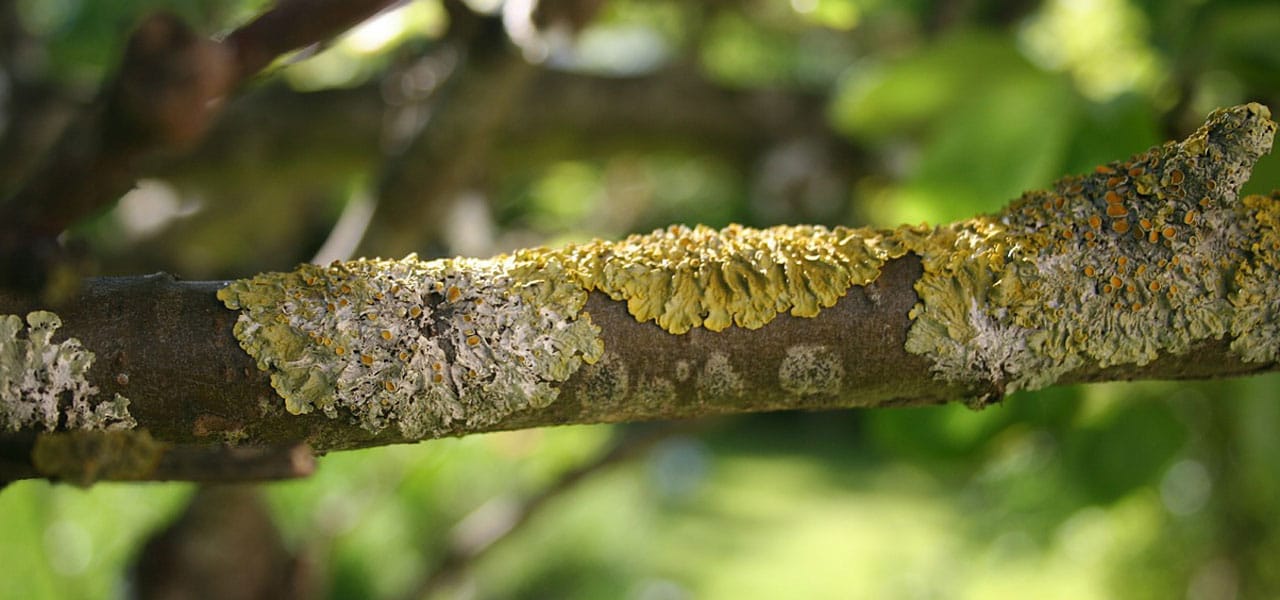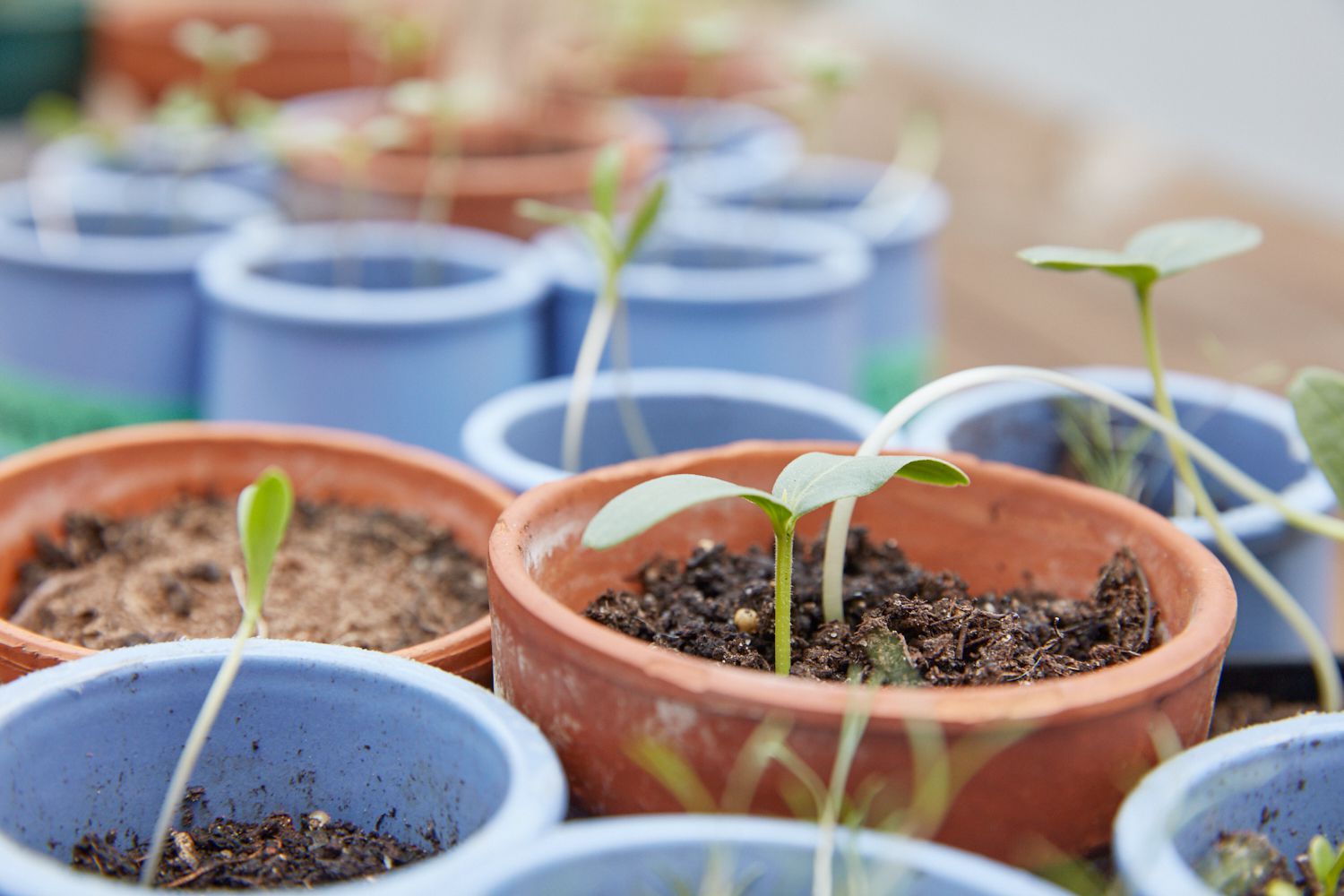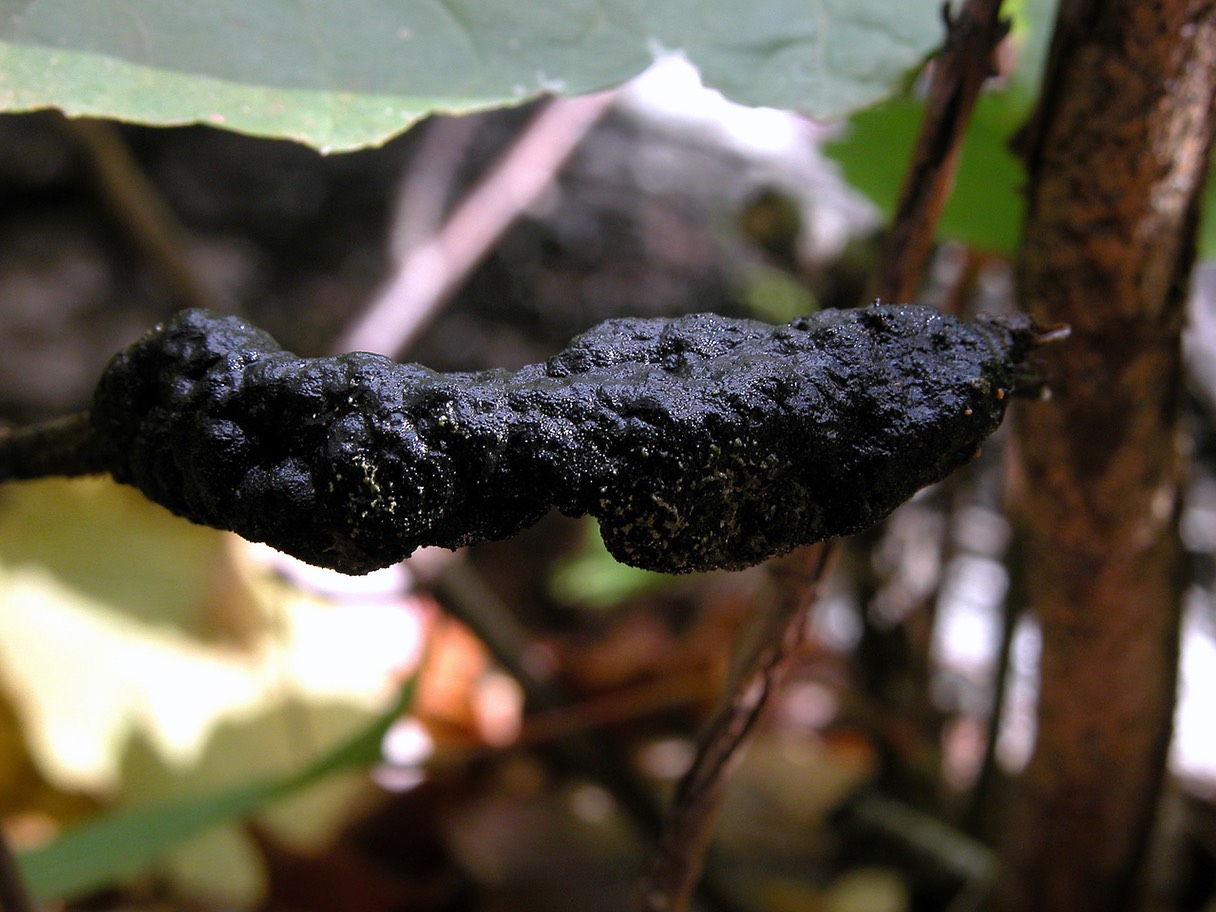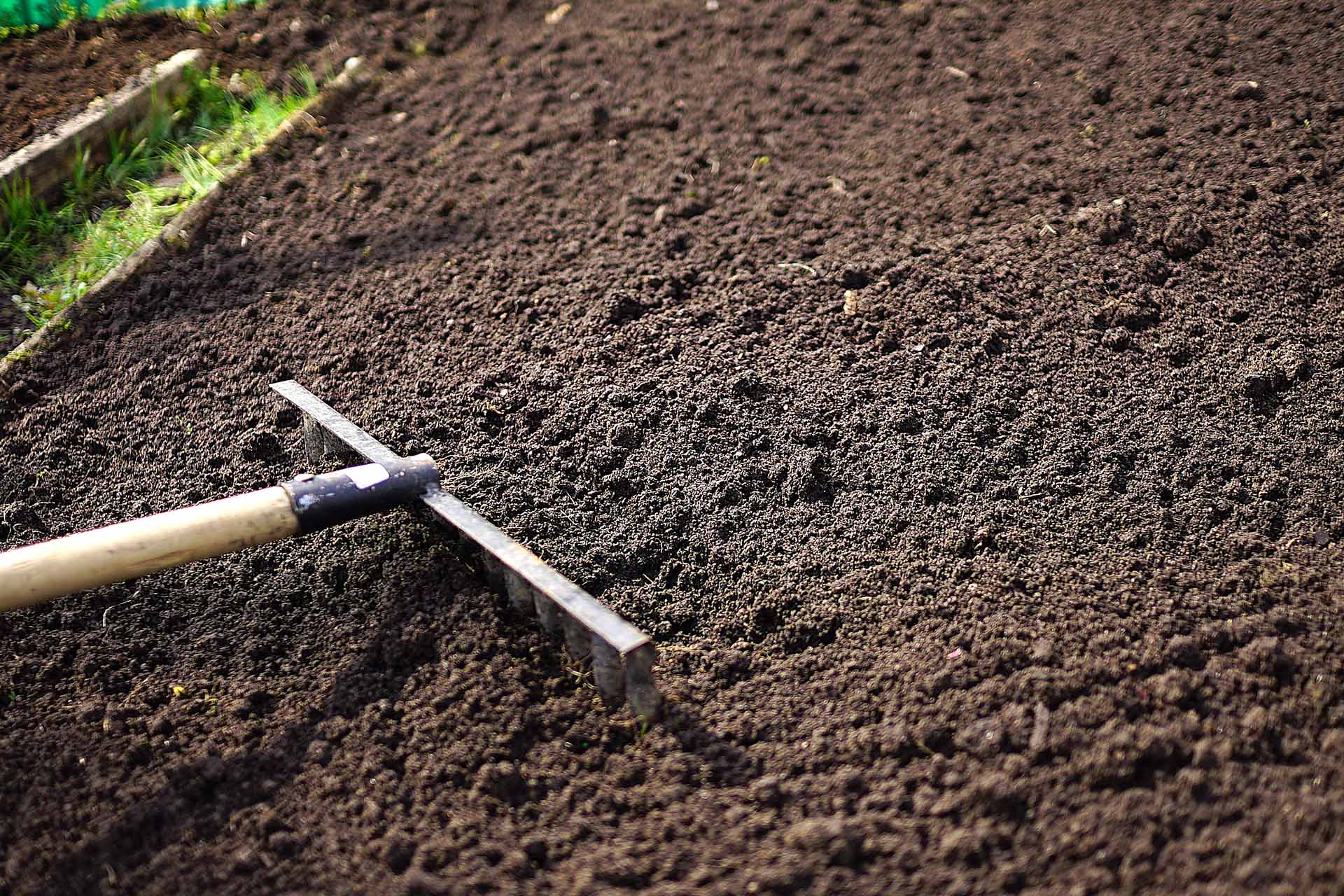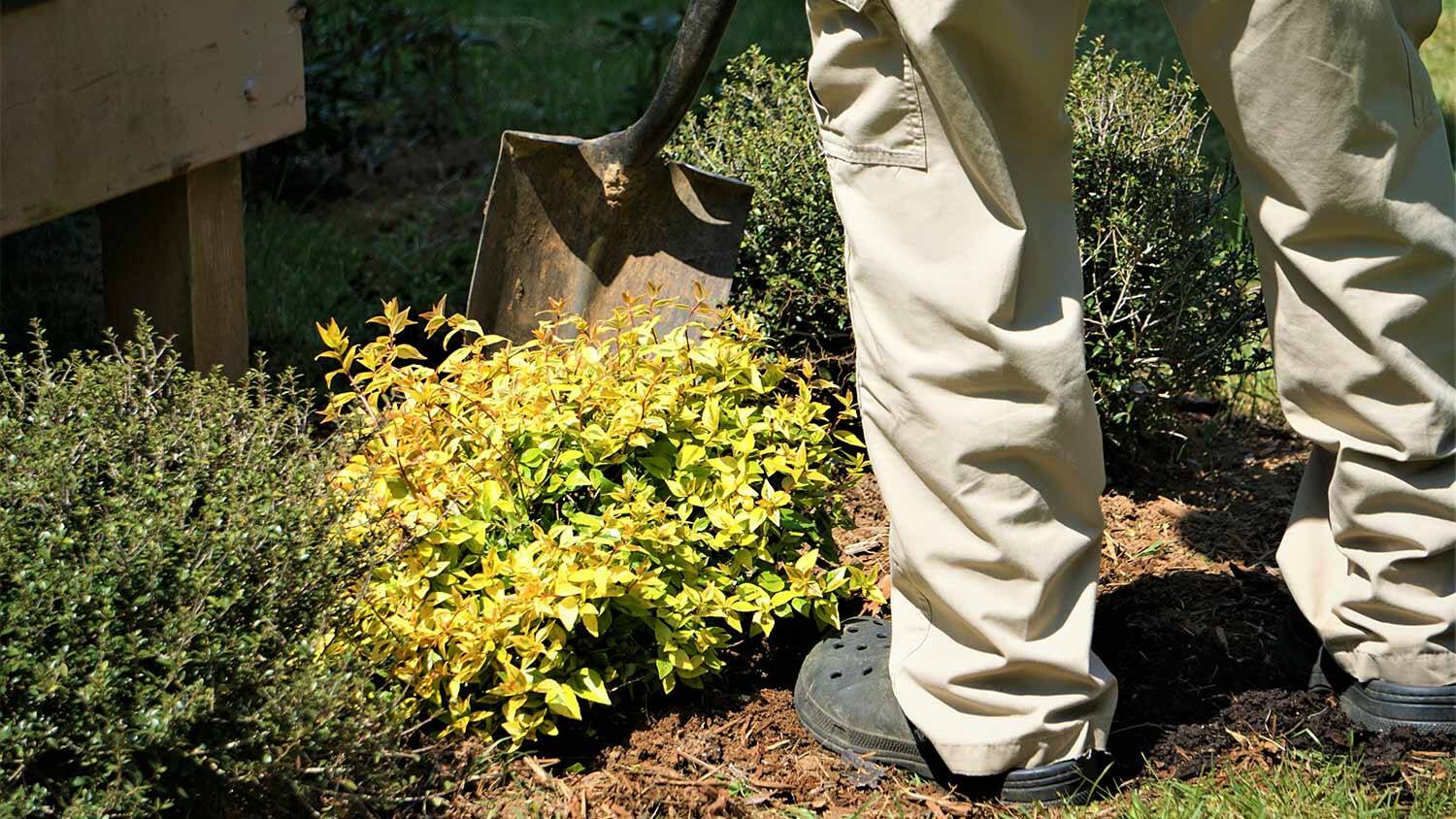Home>Gardening Tips and Tricks>Problem Solving>How To Get Rid Of Maple Tree Seedlings In Lawn


Problem Solving
How To Get Rid Of Maple Tree Seedlings In Lawn
Modified: January 22, 2024
Learn how to solve the problem of maple tree seedlings in your lawn with our helpful tips and tricks. Get rid of them easily and maintain a healthy, seedling-free lawn.
(Many of the links in this article redirect to a specific reviewed product. Your purchase of these products through affiliate links helps to generate commission for Chicagolandgardening.com, at no extra cost. Learn more)
Table of Contents
- Introduction
- Understanding Maple Tree Seedlings
- The Importance of Removing Maple Tree Seedlings
- Tools and Materials Needed
- Step 1: Identifying Maple Tree Seedlings in the Lawn
- Step 2: Manual Removal of Maple Tree Seedlings
- Step 3: Chemical Solutions for Maple Tree Seedlings
- Step 4: Preventing Maple Tree Seedlings from Reemerging
- Conclusion
Introduction
Welcome to our comprehensive guide on how to get rid of maple tree seedlings in your lawn. While maple trees are beautiful and add charm to any landscape, their seedlings can quickly become a nuisance by invading your lawn. These seedlings, also known as samaras or helicopters, sprout in abundance, turning your once flawless lawn into a sea of green sprouts.
Maple tree seedlings are small, delicate plants that develop from the seeds produced by mature maple trees. They are equipped with wings that help them travel far and wide, finding fertile ground to germinate and grow. Although they may look harmless, these seedlings can quickly take over your lawn, competing with grasses and other desirable plants for space, sunlight, and nutrients.
In this article, we will delve into the various methods of getting rid of maple tree seedlings and reclaiming the pristine beauty of your lawn. We will explore both manual and chemical solutions, and discuss preventive measures to minimize future outbreaks. So, if you’re tired of constantly battling with maple tree seedlings, read on and discover effective strategies to restore the lushness of your lawn.
Understanding Maple Tree Seedlings
Before we dive into the methods of removing maple tree seedlings from your lawn, it is essential to have a clear understanding of what these seedlings are and how they form. Maple tree seedlings are the result of fertilized maple tree flowers that develop into fruit, commonly referred to as samaras or helicopters. These fruits contain mature seeds that are equipped with wing-like structures, allowing them to be easily carried by wind or animals to new locations.
Once the samaras land on the ground, they start to undergo a process called germination. Germination occurs when the seed absorbs water and swells, causing the protective casing to crack open and a tiny root to emerge. This root anchors the seedling into the soil, enabling it to absorb water and nutrients from its surroundings.
The growth of the seedling continues as the stem elongates, pushing the first set of leaves (known as cotyledons) out of the soil. These initial leaves provide the seedling with energy through photosynthesis. As the seedling matures, it develops its true leaves, resembling the characteristic shape associated with maple trees.
Maple tree seedlings are particularly resilient and adaptable, thriving in various soil types and climates. They have the ability to grow in both shaded and sunny areas, making them a common sight in lawns, gardens, and even natural landscapes.
It’s important to note that while maple tree seedlings can be a nuisance in lawns, they are not inherently harmful to other plants or the environment. However, their rapid growth and large numbers can compete with and overshadow desirable plants, leading to an unsightly and overcrowded lawn.
Now that we have a better understanding of maple tree seedlings and how they develop, let’s explore the importance of removing these unwanted plants from your lawn.
The Importance of Removing Maple Tree Seedlings
While maple tree seedlings may seem harmless at first, allowing them to thrive in your lawn can have detrimental effects on the overall health and appearance of your landscape. Here are some key reasons why it’s important to remove maple tree seedlings:
- Competition for Resources: Maple tree seedlings are vigorous growers and can quickly outcompete your desired grass and plants for vital resources such as sunlight, water, and nutrients. This can result in stunted growth, weakened turf, and sparse areas in your lawn.
- Unsightly Appearance: As maple tree seedlings multiply and establish themselves in your lawn, they create an eyesore. Their distinct foliage and upright growth habit can disrupt the uniformity and beauty of your landscape, making it look messy and unkempt.
- Pest Attraction: Maple tree seedlings can attract pests such as insects and rodents. The dense growth and moisture provided by these seedlings create favorable conditions for pests to thrive, potentially leading to pest infestations in your lawn.
- Interference with Lawn Maintenance: The presence of maple tree seedlings can complicate routine lawn maintenance tasks such as mowing, edging, and fertilizing. These seedlings can clog up mower blades and make it difficult to achieve a neat and uniform cut. Additionally, they can interfere with the application and absorption of lawn treatments.
- Prevent Future Reproduction: Removing maple tree seedlings promptly is crucial to prevent them from maturing and producing seeds that will further contribute to the spread of these unwanted plants. Taking action early on helps break the reproduction cycle and reduces the likelihood of future outbreaks.
By tackling the issue of maple tree seedlings head-on and implementing effective removal strategies, you can preserve the health and aesthetics of your lawn, creating a space that you can enjoy and be proud of. In the following sections, we will dive into the methods and tools you can utilize to get rid of maple tree seedlings effectively.
Tools and Materials Needed
To successfully remove maple tree seedlings from your lawn, you will need the following tools and materials:
- Gloves: It is essential to protect your hands while working in the garden. Choose a pair of gloves that provide comfort and flexibility, allowing you to easily grasp and pull out the seedlings.
- Garden Trowel or Hand Fork: A garden trowel or hand fork will come in handy for loosening the soil around the seedlings, making it easier to remove them from the ground. Look for a sturdy tool with a comfortable grip.
- Weeder or Weed Puller: A weeder or weed puller tool is specifically designed for removing stubborn weeds and seedlings. It usually has a long handle and a forked end that helps pry out deep-rooted seedlings without much effort.
- Pruning Shears or Scissors: In some cases, you might encounter larger maple tree seedlings that are too tough to pull out by hand. Pruning shears or scissors will allow you to trim them close to the ground for easier removal.
- Herbicide: If manual removal is not feasible due to a large number of seedlings or their deep root systems, you may consider using an herbicide specifically formulated for broadleaf weed control. Choose a selective herbicide that targets the seedlings while sparing the surrounding grass and plants.
- Lawn Fertilizer: After removing the maple tree seedlings, it’s important to replenish your lawn with nutrients to promote healthy grass growth. Choose a high-quality lawn fertilizer appropriate for your grass type and follow the instructions for proper application.
- Mulch: Mulch helps suppress weed growth and retain moisture in the soil. Applying a layer of mulch to your lawn after removing the seedlings can help prevent their reemergence and improve the overall appearance of your landscape.
- Watering Can or Garden Hose: Adequate watering is crucial to establish and maintain a healthy lawn. Having a watering can or a garden hose with a sprinkler attachment will help you provide essential moisture to your lawn after the removal process.
With these tools and materials at your disposal, you are well-equipped to tackle the task of removing maple tree seedlings from your lawn. Now, let’s move on to the step-by-step process of identifying and eliminating these unwanted plants.
Step 1: Identifying Maple Tree Seedlings in the Lawn
Before you begin removing maple tree seedlings from your lawn, it is crucial to correctly identify them. This step will help you differentiate between the unwanted seedlings and other desirable plants in your landscape. Here’s how you can identify maple tree seedlings:
- Distinct Leaf Shape: Maple tree seedlings have leaves with a characteristic shape that resembles the iconic maple leaf. Look for leaves that are palmate, meaning they have multiple lobes radiating from a central point. The leaves may have jagged edges or serrations.
- Opposite Leaf Arrangement: Maple tree seedlings have an opposite leaf arrangement, meaning that leaves grow directly across from each other on the stem. This is in contrast to alternate leaf arrangement, where leaves grow at different intervals along the stem.
- Seed Pods: In addition to the distinctive leaves, maple tree seedlings may still have seed pods or samaras attached to them. These are the same winged structures that allow the seeds to be dispersed by wind or animals.
- Red or Green Stems: Pay attention to the color of the stems of the seedlings. Maple tree seedlings often have red or green stems, which can help in their identification.
- Seedling Growth Pattern: Maple tree seedlings typically grow upright with a single stem. As they mature, they may develop branches, but the initial growth habit is usually upright and singular.
By familiarizing yourself with the distinctive characteristics of maple tree seedlings, you will be able to accurately identify them in your lawn. This knowledge will enable you to target the seedlings specifically during the removal process, minimizing the chances of accidentally removing desirable plants.
Once you have identified the maple tree seedlings in your lawn, you can proceed to the next step: manual removal. We will discuss the techniques and best practices for effectively pulling or digging out the seedlings in the following section.
Step 2: Manual Removal of Maple Tree Seedlings
One of the most effective methods for removing maple tree seedlings from your lawn is manual removal. This process involves physically pulling or digging out the seedlings from the soil. Here’s how you can do it:
- Wear Protective Gloves: Before you start removing the seedlings, it’s important to protect your hands by wearing sturdy gardening gloves. This will prevent any potential cuts or scrapes.
- Loosen the Soil: Use a garden trowel or hand fork to gently loosen the soil around the base of the seedlings. This will help loosen their roots and make it easier to remove them without breaking the stem.
- Grasp the Seedling: Carefully grip the seedling as close to the base as possible, ensuring that you have a firm hold on it. Avoid pulling on the leaves or stem, as this can cause them to break off and potentially regrow.
- Apply Steady Pressure: While holding the seedling firmly, apply steady and gentle upward pressure to slowly lift it out of the soil. Keep the pulling motion slow and deliberate to avoid breaking the root and leaving any fragments behind.
- Inspect and Repeat: After removing the seedling, inspect the area around it to ensure that no fragments or roots are left behind. If any remnants are found, carefully remove them to prevent regrowth. Repeat this process for each maple tree seedling in your lawn.
- Dispose of Seedlings: Once the seedlings have been removed, dispose of them in a garden waste bag or compost pile. Be cautious not to allow any seeds or samaras to scatter, as they can easily sprout and create new seedlings.
It’s important to note that manual removal may be more challenging for larger, well-established seedlings. In such cases, you can use pruning shears or scissors to trim the seedlings close to the ground before removing them. This can make it easier to pull out the remaining stump and minimize regrowth.
Remember to be diligent and thorough during the manual removal process. Consistently removing the seedlings as soon as they appear will help prevent further spread and establish a healthier lawn. With the seedlings removed, it’s time to explore optional chemical solutions for more stubborn or widespread infestations, which we will discuss in the next section.
Step 3: Chemical Solutions for Maple Tree Seedlings
If manual removal is not feasible or effective for removing maple tree seedlings from your lawn, you can consider using chemical solutions as an alternative. It’s important to note that chemical herbicides should be used as a last resort and with caution. Follow these steps when using chemical solutions:
- Select a Selective Herbicide: Choose a selective herbicide that targets broadleaf weeds, specifically labeled for use on maple tree seedlings. Read and follow the instructions on the herbicide packaging carefully to ensure safe and effective application.
- Prepare the Herbicide: Mix the herbicide according to the proportions specified on the packaging. Use a clean sprayer or watering can to apply the herbicide solution. Make sure to wear protective gloves and clothing to prevent skin contact.
- Apply the Herbicide: Spray the herbicide directly onto the leaves of the maple tree seedlings, ensuring complete coverage. Be careful to avoid overspray onto desirable plants or grasses. Take note of any specific instructions regarding rainproofing or reapplication intervals.
- Monitor the Effects: After applying the herbicide, monitor the effects on the seedlings. It may take several days or weeks for the herbicide to fully take effect. Observe changes in color and vigor as signs that the herbicide is working.
- Repeat if Necessary: For more stubborn or extensive infestations, you may need to repeat the herbicide application as recommended by the product instructions. Remember to follow proper safety precautions each time you apply the herbicide.
- Dispose of any Remaining Seedlings: Once the maple tree seedlings have died and dried up, manually remove them from the lawn using the techniques mentioned in the previous section. This will prevent any potential regrowth from the dead seedlings.
It’s important to use chemical solutions responsibly and in accordance with local regulations. If possible, consider natural or organic alternatives before resorting to chemical herbicides, as they can have a negative impact on the environment and beneficial plants and organisms.
By following these steps and guidelines, you can effectively use chemical solutions to control stubborn or widespread maple tree seedlings in your lawn. However, remember that prevention is key to long-term success. In the next step, we will explore preventive measures to minimize the reemergence of maple tree seedlings in your lawn.
Step 4: Preventing Maple Tree Seedlings from Reemerging
After successfully removing the maple tree seedlings from your lawn, you’ll want to take preventive measures to minimize their reemergence. By implementing these strategies, you can maintain a healthy and weed-free lawn. Here’s what you can do:
- Regular Mowing: Keep your lawn well-maintained by regularly mowing at the recommended height for your grass type. This helps prevent maple tree seedlings from getting enough sunlight to establish themselves.
- Adequate Watering: Maintain proper irrigation practices to promote a healthy lawn while discouraging maple tree seedling growth. Water deeply and infrequently to encourage grass roots to grow deeper and compete with potential seedling growth.
- Overseeding: Fill in any bare or thin spots in your lawn by overseeding with grass seeds. This will help to thicken the turf and create a more competitive environment for maple tree seedlings.
- Regular Weed Control: Implement a regular weed control program to prevent and manage the growth of unwanted plants in your lawn. This includes applying pre-emergent herbicides in the spring and spot treating for any new seedlings that may appear.
- Mulch Beds: Use mulch around trees, flower beds, and other garden areas to prevent maple tree seedlings from sprouting. Mulch acts as a barrier, suppressing weed growth and reducing the chances of seedlings taking hold.
- Remove Maple Tree Seeds: Be proactive in removing maple tree seeds (samaras) from your lawn before they have a chance to germinate. Raking or using a leaf blower to collect and dispose of fallen seeds can help prevent future seedling outbreaks.
- Monitor Nearby Trees: Keep an eye on nearby maple trees or other potential seed sources and take appropriate measures to prevent excessive seed production. Pruning or removing overhanging branches can help reduce the number of seeds that make their way to your lawn.
- Maintain a Healthy Lawn: Finally, overall lawn health is crucial in preventing the invasion of maple tree seedlings and other weeds. Regular fertilization, proper pH maintenance, and addressing any underlying soil issues will promote strong, dense grass growth, making it more difficult for seedlings to establish themselves.
By incorporating these preventive measures into your lawn maintenance routine, you can significantly reduce the reemergence of maple tree seedlings and maintain a vibrant, healthy lawn.
Now that you have the knowledge and tools to effectively remove and prevent maple tree seedlings in your lawn, you can enjoy a weed-free and visually appealing landscape. Remember to stay proactive and consistent in your efforts to keep your lawn looking its best.
Conclusion
Dealing with maple tree seedlings in your lawn can be a frustrating and time-consuming task. However, by following the steps and strategies outlined in this guide, you can effectively remove and prevent the reemergence of these unwanted plants.
Start by properly identifying maple tree seedlings in your lawn, distinguishing them from other desirable plants. Utilize manual removal techniques, such as pulling or digging out the seedlings, to physically eliminate them from the soil. If necessary, consider using selective herbicides as a last resort, keeping in mind the potential environmental impact.
Prevention is key to long-term success, so take steps to minimize the reoccurrence of maple tree seedlings in your lawn. Regular mowing, proper watering, overseeding, and vigilant weed control all contribute to maintaining a healthy and weed-free lawn. Additionally, removing maple tree seeds and monitoring nearby trees for excessive seed production can help prevent future outbreaks.
Remember to prioritize lawn health and maintenance, as a strong and dense turf becomes more resistant to weed invasion. Proper fertilization, pH maintenance, and addressing any underlying soil issues are crucial in creating an environment that supports vigorous grass growth and reduces the chances of maple tree seedlings taking hold.
By combining these removal and prevention strategies, you can reclaim the beauty of your lawn and enjoy a lush, weed-free landscape. Stay consistent and proactive in your efforts, and your hard work will be rewarded with a stunning lawn that you can be proud of.
